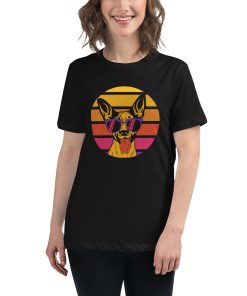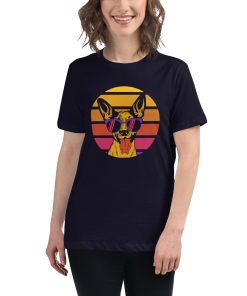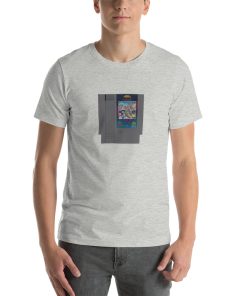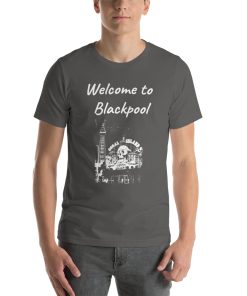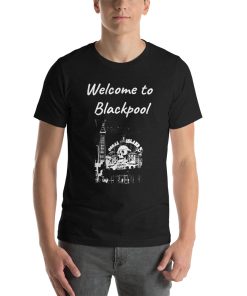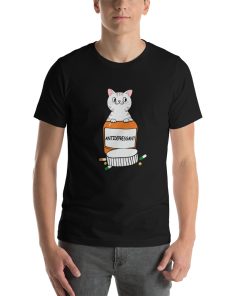T-Shirt Design
The History of T-Shirts
The t-shirt. It’s a wardrobe staple that’s been around for decades, and for good reason. It’s comfortable, versatile, and can be dressed up or down depending on the occasion. But have you ever wondered how the t-shirt came to be? Why is it that pretty much everybody owns at least a few t-shirts?
Believe it or not, t-shirts actually have a pretty interesting history. They didn’t start out as the casual clothing item we know today – in fact, they were originally designed as undergarments for men in the late 19th century. That’s right, the t-shirt was once considered underwear. And this makes sense. People still wear undershirts that are t-shirt shaped. Some people even seem to wear an undershirt as their main garment. Sure, these undershirts aren’t some sort of graphic t-shirt, they’re usually a plain t-shirt though.
So how did the t-shirt make its way from the underwear drawer to the forefront of fashion? Well, it all started with the US Navy. In the early 1900s, the US Navy began issuing t-shirts as part of their uniform. They were made of lightweight cotton and had short sleeves, making them perfect for the warm weather conditions sailors often found themselves in. The t-shirts were also easy to clean, which was a huge plus for the Navy.
T-Shirts At The Beginning Of The 20th Century
Fast forward to the 1920s and 1930s, and t-shirts were starting to become more popular among the general public. They were still primarily worn as undershirts, but people were starting to wear them as standalone shirts as well (again, these were generally plain t-shirts, so no nerdy t-shirts were to be found) . This was especially true for athletes, who found t-shirts to be more comfortable and practical than traditional button-up shirts.
It wasn’t until the 1950s that t-shirts really started to become a fashion statement. This was thanks in large part to Hollywood – actors like Marlon Brando and James Dean were often seen wearing t-shirts on and off screen, and it wasn’t long before the rest of the world caught on. T-shirts were no longer just for athletes and Navy sailors – they were for everyone.
T-Shirts In The Second Half Of The 20th Century
In the 1960s, the tie-dye t-shirt became a symbol of the counterculture movement. Young people started using t-shirts as a way to express themselves and make a statement. The Beatles famously wore tie-dye t-shirts during their Sgt. Pepper’s Lonely Hearts Club Band era, further cementing the t-shirt’s place in popular culture.
The 1970s saw the rise of graphic t-shirts. Bands like The Rolling Stones and Led Zeppelin started selling t-shirts with their logos on them, and soon everyone was wearing them. The graphic t-shirt became a way to show off your interests and personality without saying a word.
In the 1980s, t-shirts became even more popular thanks to the rise of streetwear culture. Brands like Nike and Adidas started selling t-shirts with their logos on them, and soon everyone was wearing them. T-shirts became a way to show off your brand loyalty and street cred.
Finally, you could start to wear something like a t-shirt with animals printed on it and people would think you were normal.
T-Shirts Today
And today, t-shirts are still going strong. They’ve become a ubiquitous part of our wardrobes, worn by people of all ages and backgrounds. From plain white tees to graphic tees with bold designs, there’s a t-shirt for everyone.
So there you have it – the history of t-shirts. From humble beginnings as an undergarment to a fashion staple worn by people all over the world, the t-shirt has certainly come a long way. And who knows – maybe in another 100 years, we’ll look back on our current t-shirt trends and marvel at how far we’ve come.



